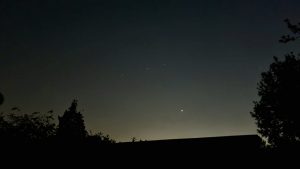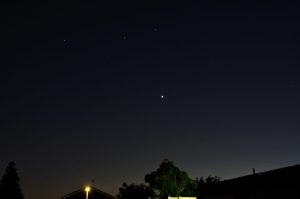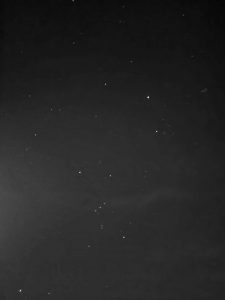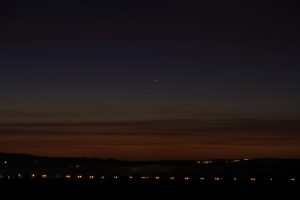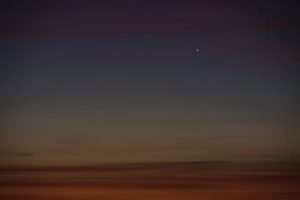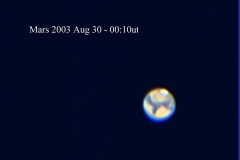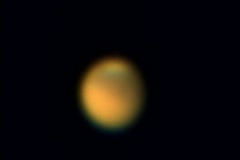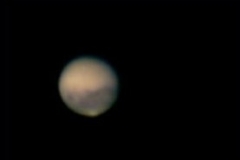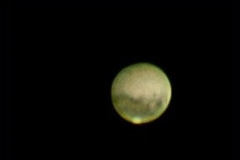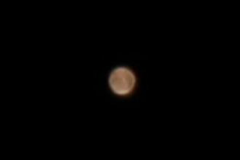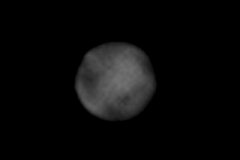[et_pb_section bb_built="1"][et_pb_row][et_pb_column type="4_4"][et_pb_text _builder_version="3.22.1" text_text_shadow_horizontal_length="text_text_shadow_style,%91object Object%93" text_text_shadow_vertical_length="text_text_shadow_style,%91object Object%93" text_text_shadow_blur_strength="text_text_shadow_style,%91object Object%93" link_text_shadow_horizontal_length="link_text_shadow_style,%91object Object%93" link_text_shadow_vertical_length="link_text_shadow_style,%91object Object%93" link_text_shadow_blur_strength="link_text_shadow_style,%91object Object%93" ul_text_shadow_horizontal_length="ul_text_shadow_style,%91object Object%93" ul_text_shadow_vertical_length="ul_text_shadow_style,%91object Object%93" ul_text_shadow_blur_strength="ul_text_shadow_style,%91object Object%93" ol_text_shadow_horizontal_length="ol_text_shadow_style,%91object Object%93" ol_text_shadow_vertical_length="ol_text_shadow_style,%91object Object%93" ol_text_shadow_blur_strength="ol_text_shadow_style,%91object Object%93" quote_text_shadow_horizontal_length="quote_text_shadow_style,%91object Object%93" quote_text_shadow_vertical_length="quote_text_shadow_style,%91object Object%93" quote_text_shadow_blur_strength="quote_text_shadow_style,%91object Object%93" header_text_shadow_horizontal_length="header_text_shadow_style,%91object Object%93" header_text_shadow_vertical_length="header_text_shadow_style,%91object Object%93" header_text_shadow_blur_strength="header_text_shadow_style,%91object Object%93" header_2_text_shadow_horizontal_length="header_2_text_shadow_style,%91object Object%93" header_2_text_shadow_vertical_length="header_2_text_shadow_style,%91object Object%93" header_2_text_shadow_blur_strength="header_2_text_shadow_style,%91object Object%93" header_3_text_shadow_horizontal_length="header_3_text_shadow_style,%91object Object%93" header_3_text_shadow_vertical_length="header_3_text_shadow_style,%91object Object%93" header_3_text_shadow_blur_strength="header_3_text_shadow_style,%91object Object%93" header_4_text_shadow_horizontal_length="header_4_text_shadow_style,%91object Object%93" header_4_text_shadow_vertical_length="header_4_text_shadow_style,%91object Object%93" header_4_text_shadow_blur_strength="header_4_text_shadow_style,%91object Object%93" header_5_text_shadow_horizontal_length="header_5_text_shadow_style,%91object Object%93" header_5_text_shadow_vertical_length="header_5_text_shadow_style,%91object Object%93" header_5_text_shadow_blur_strength="header_5_text_shadow_style,%91object Object%93" header_6_text_shadow_horizontal_length="header_6_text_shadow_style,%91object Object%93" header_6_text_shadow_vertical_length="header_6_text_shadow_style,%91object Object%93" header_6_text_shadow_blur_strength="header_6_text_shadow_style,%91object Object%93" z_index_tablet="500"]
In April 2019 Mars was close to M45 (the Pleiades) and NGC 1499 and this coincided with the Kelling Heath Star Party. Unfortunately at this time of year Taurus is very low, setting in the late evening making this a difficult object to image, my attempts to stack and then process with Deep Sky Stacker were hopeless, so I turned to Astro Pixel Processor (using a 30 day free trial) which has a very easy to use light pollution killer, this allowed me to remove the gradient that resulted from the very low elevation and trees that crept into the field.
Total exposure is 84 minutes, from 30s subs. Tracking was achieved with an iOptron Star tracker, camera was a Canon 600D with a full spectrum mod and a CLSCCD clip-in filter.
[singlepic id=1062 w= h= float=center]
[/et_pb_text][/et_pb_column][/et_pb_row][/et_pb_section]
